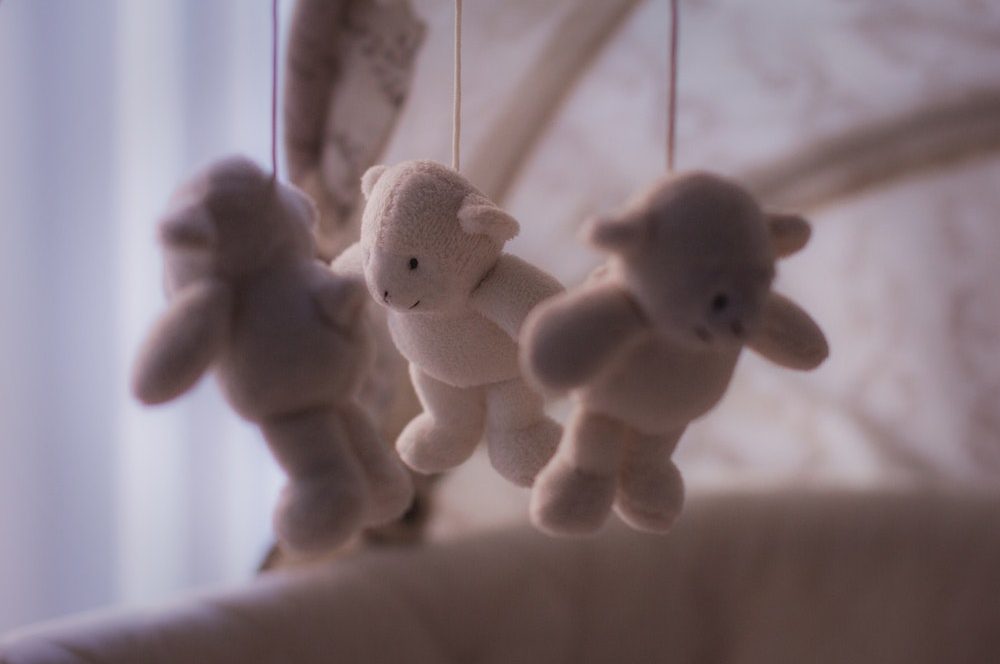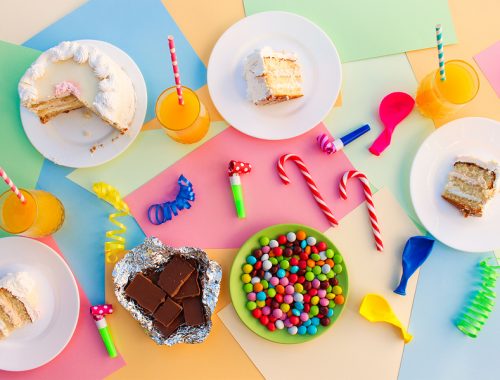The best thing about being green is that simple is best. Choices are (fortunately or not) less plentiful, and certain decisions are a given. Low VOC paint? Check. Carpet? Nope. Particleboard furniture? Uh, uh. The basic concept from a health standpoint is the toxins in the substances. Volatile organic compounds as well as the glue used in making pressboard, particleboard and chipboard, and chemicals in carpeting are released into the air over time. No number of spider plants will eliminate the chemicals forever. Choosing wood furniture can be a better choice, not only from an environmental perspective, but from a financial one. Older or antique furniture can be purchased quite inexpensively, and reusing is always better than purchasing new. If the piece was painted before 1960, make sure that the paint does not contain lead. If it does, a coat of paint on top is a must.
If your floors are tile or wood, you probably have rugs and mats on top to add warmth and create play areas. In the summer, taking these out into the sun will naturally kill dust mites and freshen the fibres. (Not to mention the miracle the sun performs on cloth diaper stains – if only Vancouver had more sun!)
The other consideration for any purchase these days is being local. Are your hardwood floors from a nearby mill? What kind of carbon footprint was created when your Italian crib skirt made it’s way across the Atlantic? Not only to you support the economy in your vicinity, but often, local woods and materials simply look and function better in our climate. If you’ve ever imported Mexican wood to the BC climate and watched it crack, or tried to use Key West colours in a Whistler interior, you know what we mean.
It is so ironic that baby bedding comes soft and beautiful from the store, and yet many chemicals used on baby clothing and bedding to produce this effect actually contain formaldehyde. Wash everything before using it, and an old trick is to soak the item in milk (powdered or liquid) to leech out the chemicals.
We love cloth diapering, but even if you choose otherwise, think about the products you use when changing your baby. How about testing plain cornstarch instead of powder, olive oil instead of baby oil, and try a hot-water-filled thermos (we love the pump pot) with baby washcloths or tissues instead of chemical-laden wipes. If you can eat a product, it is typically gentle enough for a baby’s skin. Better yet – you probably have them on hand.
There are many pressures and time considerations when you are a new parent, or if you have several children. Try as best you can to go green and healthy, but do what makes sense for your family. The smallest steps will add up.





[…] more nursery creation tips visit our articles on Green Nursery Tips and Nursery […]